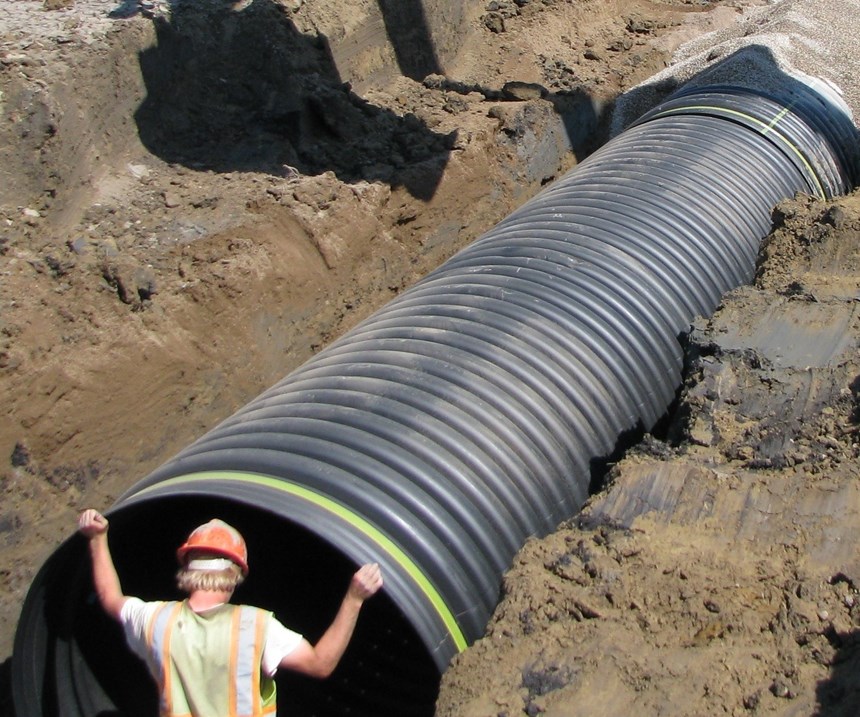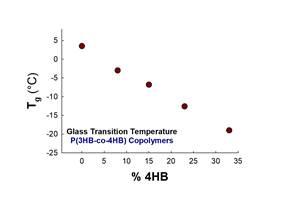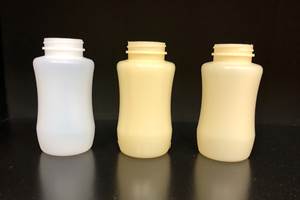Plastics Pipe Institute Talks Recycled Plastics Use
Tony Radoszewski, Plastics Pipe Institute president, discusses recycled content in pipe and converting packages with a 60-day shelf life into products with a 100-year service life.
There is a lot of coverage on the use of post-consumer plastics in packaging, but there’s another recycling market that is not widely discussed: pipe manufactured with recycled materials.
Check out my below Q&A with Tony Radoszewski, president of the Plastics Pipe Institute, Dallas, TX, where he discusses recycled plastics in pipe applications; how recycled materials perform; and his trip to Washington, DC as part of the 2018 Plastics Fly-In.
Q: When did you start to see PPI members begin to use post-consumer recycled plastics? What are some of the pipe applications?
A: Believe it or not, the corrugated plastic pipe industry has been using post-consumer recycled HDPE for decades. Agricultural drain tile, which is used to move water out of farm land to improve crop production, has used recycled milk bottles and detergent bottles going back at least to the 1980s. For pipe applications, post-consumer recycled material can really only be used in gravity flow applications. That is, non-pressure pipe due to inherent liabilities and the need to employ resins that have been thoroughly evaluated and vetted for pressure applications. So, that means ag drainage, culvert pipe, turf drainage and underground retention/detention applications. Also, underground conduit is a possibility as well.
Q: Are most of the applications a combination of virgin and recycled materials? Is it all HDPE?
A: As far as I know, all applications use a combination of both virgin and recycled resins. There’re two major issues at play here. The first is maintaining the integrity of the finished pipe so that it can perform as designed. Depending on the quality and make-up of the recycle stream, different ratios of virgin to recycled content will occur. The other issue is the amount of post-consumer recycled material available. While most consumers want to recycle plastics, many, if not most cities, do not have the required infrastructure in place to collect, sort and process the original products. Also, there are some rigid packaging containers that are multi-layered structures depending on what product they hold. As an example, anti-oxidant barriers using EVOH make it difficult to recycle. The most common material for recycling is HDPE but the PVC pipe industry is also capable of using recycled resin as well.
Q: How do the HDPE pipes with some recycled materials perform compared to 100 percent virgin?
A: When specified in accordance with national material standards AASHTO M294 or ASTM F2306, corrugated HDPE pipe made with recycled content or 100 percent virgin content have equal performance. According to NCHRP Research Report 870, corrugated HDPE pipes can be successfully manufactured with recycled materials to meet the same service life requirements for use beneath highway and railroad applications as pipes made with virgin resin provided the specific Un-notched Constant Ligament Stress (UCLS) performance requirements are met. Therefore, AASHTO M294 and ASTM F2306 standards for corrugated HDPE pipes were updated in 2018 to reflect allowance for virgin and/or recycled resin content (provided the UCLS requirements for recycled resins are met).
Q: What’s the supply like for recycled HDPE?
A: In a word, challenging. While most everyone wants to do what’s right environmentally, there has to be a waste recovery infrastructure in place to have a successful supply of post-consumer plastics. Cities that have superior collection and sorting systems make it easy for the general population to engage in curbside recycling programs. That is, the easier you make it for someone to simply separate recyclables from non-recyclables, the higher the participation rate will be. For example, where I live we have a 95-gallon HDPE container in which we place all recyclables. There is no need to separate glass, paper, plastics, aluminum as so forth. It’s picked up at the curb once a week and many times you can see that the containers are full. Compare this to a municipality that requires multiple bins for each type of material and the homeowner has to take it down to the recycle center. It’s pretty obvious which system will have the greater participation rate. The challenge is the cost to build that recycling infrastructure and who will pay for it.
Q: Can you talk about your visit to Capitol Hill for the Plastics Industry Fly-In (Sept. 11-12, 2018)? What was the response like?
A: The plastics industry is the third largest manufacturing sector in the United States employing nearly one million workers in every state and congressional district. Our industry’s priorities revolve around the safety of our workers; the safe use of our products; and the sustainable management of materials, and together we continue to work on responsible environmental stewardship throughout the plastics supply chain and life-cycle. We had more than 135 plastics industry professionals (not just pipe) from across the country call on 120 Congressmen, Senators and staff to discuss four key issues are industry faces today. In light of the tariffs being introduced, free trade is of great concern in our industry from both an import and export perspective. With more than 500,000 manufacturing jobs going unfilled today, the plastics industry stands ready to work in partnership with leaders at the federal, state and local levels to help find solutions to close the skills gap in today’s and future workforces to train qualified workers at all skills levels for manufacturing jobs.
Relating to plastic pipe in particular, fair and open competition for materials should be required for any federally-funded infrastructure project. Many local jurisdictions have old specifications that do not allow plastic pipe to compete, creating “virtual monopolies” and driving up costs. In a time of limited resources, requiring projects that spend federal dollars to allow competition can double the positive impact of federal support, saving local taxpayers money.
And last, recycling and energy conversion are important end-of-life options for plastic materials. The nation is facing a critical situation in terms of recycling capacity and end-markets for recycled material. Additional infrastructure is necessary to improve the efficiency of U.S. recycling and increase the amount of material being recycled in the U.S.
Our positions were very well received as we touched on things that are important to almost everyone in the country. Namely costs, labor, taxes and the environment. Our ability to demonstrate that the plastics pipe industry is currently using 25 percent of post-consumer HDPE bottles and turning them into pipe used in underground infrastructure was an eye opener for many of the people we met. We showed how our industry takes a product that has a 60-day shelf life and converts it to a product that has a 100-year service life. This is something everyone related to and clearly demonstrated that the plastics pipe industry can be part of the solution for protecting the environment.
Additional information can be found at the Plastics Pipe Institute's website: www.plasticpipe.org.
Related Content
How to Optimize Color Evaluation of Recycled Plastics
The right color measurement instrument and good working methods will minimize variability in color evaluation of PCR.
Read MoreFilm Extrusion: Boost Mechanical Properties and Rate of Composting by Blending Amorphous PHA into PLA
A unique amorphous PHA has been shown to enhance the mechanical performance and accelerate the biodegradation of other compostable polymers PLA in blown film.
Read MoreInside the Florida Recycler Taking on NPE’s 100% Scrap Reuse Goal
Hundreds of tons of demonstration products will be created this week. Commercial Plastics Recycling is striving to recycle ALL of it.
Read MoreHow to Extrusion Blow Mold PHA/PLA Blends
You need to pay attention to the inherent characteristics of biopolymers PHA/PLA materials when setting process parameters to realize better and more consistent outcomes.
Read MoreRead Next
See Recyclers Close the Loop on Trade Show Production Scrap at NPE2024
A collaboration between show organizer PLASTICS, recycler CPR and size reduction experts WEIMA and Conair recovered and recycled all production scrap at NPE2024.
Read MorePeople 4.0 – How to Get Buy-In from Your Staff for Industry 4.0 Systems
Implementing a production monitoring system as the foundation of a ‘smart factory’ is about integrating people with new technology as much as it is about integrating machines and computers. Here are tips from a company that has gone through the process.
Read More





























